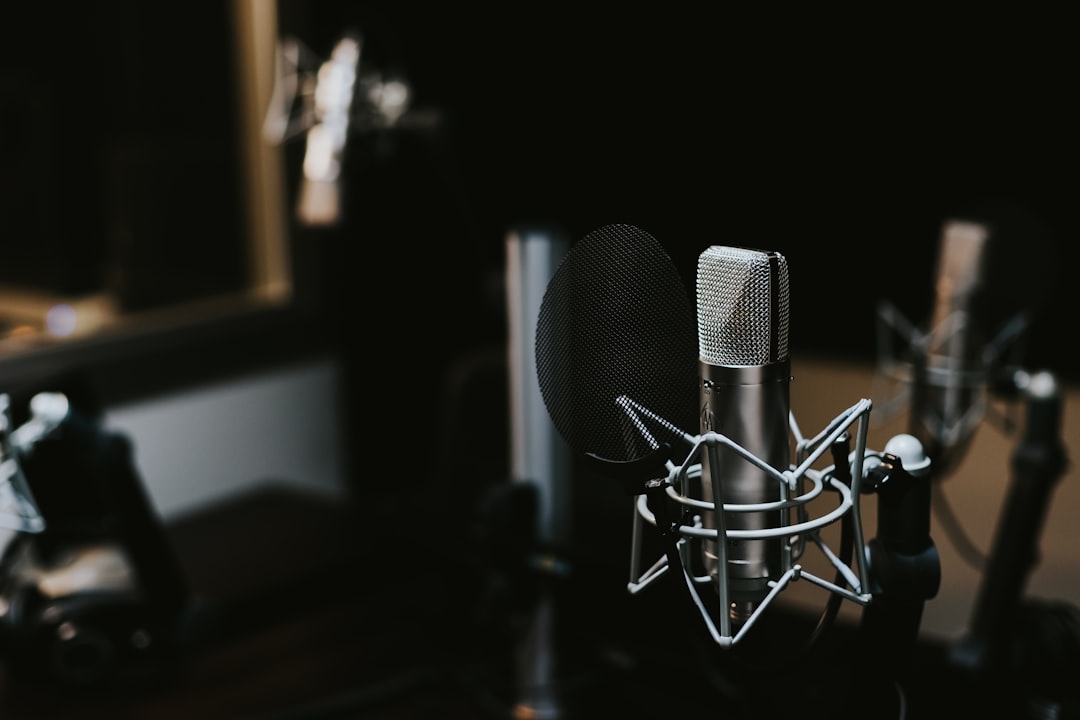PCB inspection process is an important part of the PCB manufacturing process. It helps find faults that can affect the performance of the electronic device where the PCB is used. Once the PCB has been made, it is put through different types of tests. It helps find broken connections, damaged parts, design flaws, magnetic faults, electrical faults, and other problems. Whether it is a prototype or high volume production, no PCB goes out of the factory without undergoing these tests.
Why Inspect the PCBs?
Even though the PCB production process is highly advanced, an occasional or minor fault cannot be ruled out without the tests. It is important to detect any such fault as early as possible to prevent faulty PCBs from ending up in the product. When the faults are detected early, it helps identify the root cause of the problem. Proper solutions are used to solve the faulty part or process issue. When a defect is detected at one stage, it is not passed to the next stage where it can cause more problems. A small fault found early costs less to solve but if it is detected later it may have already created other problems that can be expensive to rectify.
Process Feedback
This is another purpose of PCB inspection. It helps receive feedback on the processes being used to make the PCB. Any equipment, tool or supplies being used to make PCBs may have problems. The production technique may be faulty. The inspection process helps find these problems in the process. Advanced PCB inspection equipment is used to check the soldering process output and find pattern faults. The process feedback helps prevent the same problem from occurring again.
Detect Design Flaws
Some types of design issues may not become obvious when the PCB is designed in the PCB design software program. Such flaws appear only after the PCB has been made with all its components placed on it. Two components coming too close, copper etchings not meeting the design standards, unnecessary voids, smaller or larger holes, and other defects can be detected with the help of visual, manual and automatic inspections.
The defect in a PCB can occur during the designing, manufacturing or assembling process. The defects may not be so obvious during any of these processes. Proper and precise PCB inspection is used to detect all such flaws in time. It can be a one-off defect or a recurring defect. Early detection of all such flaws helps save money. Customers do not receive the faulty parts so they continue to trust the PCB manufacturing company. The reputation of the PCB fabrication company remains intact. It receives appreciation from the customer for delivering high-quality PCBs that do not have any defects or flaws.











